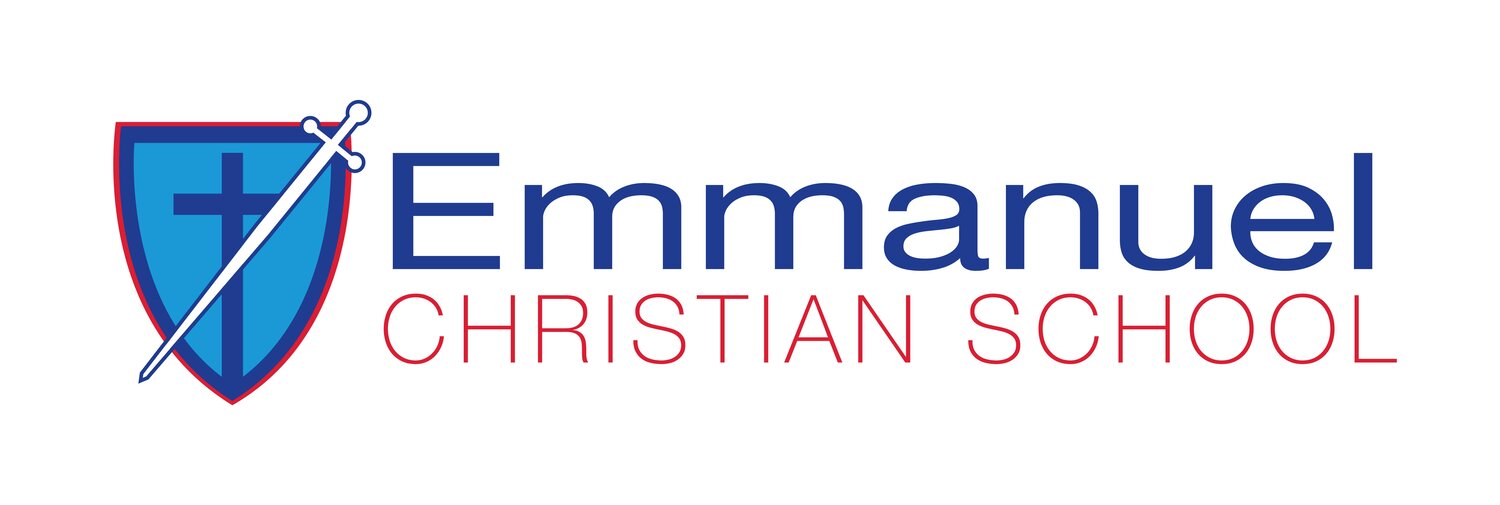As a school, we are continually trying to meet our students where they are at. Whether that be from an academic, social and emotional or spiritual, even physical level. Setting appropriate challenges for our students is vital for them to stay engaged and to want to grow. Individually, teachers are already doing this, however, this year, we are implementing our collaborative teams and formalising the process.
There are several main drivers for us pursuing a collaborative approach toward our teaching and learning program.
CST Purpose Statement
Our purpose is to prepare and equip students for life by providing the highest quality Christ-centered education.
School Strategic Plan
80% of students achieving a minimum of 12 months of progress within a 12-month period
Visible Learning is also still a major focus for our school. Visible Learning goes hand in hand with our teachers working in collaborative teams. John Hattie, a leading educational academic who uses effect sizes has undertaken several meta-analyses to determine a list of both negative and positive influences on student learning. The hinge point, which determines whether there is a low or high effect on student learning is 0.40. This number indicates if students are achieving twelve months growth in a twelve-month period. Anything above 0.40 is considered to have a positive influence on student learning. The following two influences are imperative for collaborative teams to work effectively:
Teacher estimates of achievements: Influence of 1.62
The number one positive influencer of all Hattie’s effect size. This rating reflects the accuracy of an individual teacher's knowledge of students in their class and how that knowledge determines the classroom activities as well as the difficulty of the tasks assigned.Collective teacher efficacy: Influence of 1.57
The number two positive influencer is collective teacher efficacy. This influencer holds an even greater promise for improving student achievement. This influencer enables teachers to harness the power of the collaborative team by sharing ideas and knowledge to bring out the full potential of students and educators in our schools.
Teachers will still be displaying and discussing the key visible learning concepts, learning intentions and success criteria in each lesson. These key concepts will still play an immense role in the student’s understandings of what they should be concentrating on and also what they need to produce in order for them to achieve success.
The biggest shift for our teachers will be the intentional use of data. Data will allow teachers to clearly ascertain the academic level of where students are, both individually and collectively. Not only will this allow teachers to recognise students who may be struggling, but also to identify those that are already proficient in the skill, knowledge or disposition that has been taught.
“Across all sections of the school there will be multiple staff sowing into the education of your child.”
Once the learning levels have been identified, teachers will undertake cycles of learning. This will allow teachers to collaboratively design teaching strategies and provide opportunities that address the students learning needs, filling gaps where required and also enriching and extending the learning of others. Teachers will be continually checking for student understanding to determine what impact, if any, the strategies implemented are having. For the times that there is a positive impact, teachers will be able to continue implementing the new strategy. If the impact is not meeting the needs, our agile collaborative teams will have the opportunity to reassess and change the approach they are taking.
So, what does this mean for your child? Hopefully, it will mean that across all sections of the school there will be multiple staff sowing into the education of your child. Providing their teachers with richer pool resources to draw from.
For me, this is an exciting time in the life of our school. As we transition from a small school to a big school, I would love to see us continuing to grow in a positive way that embraces a positive learning culture for all students. A culture where students are prepared and equipped for life by being provided the highest quality Christ-centered education.
Drew Roberts — Deputy Principal

